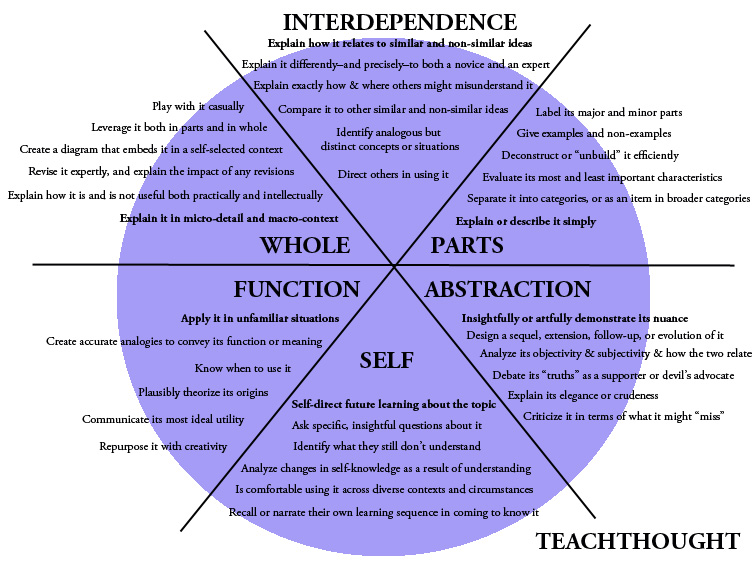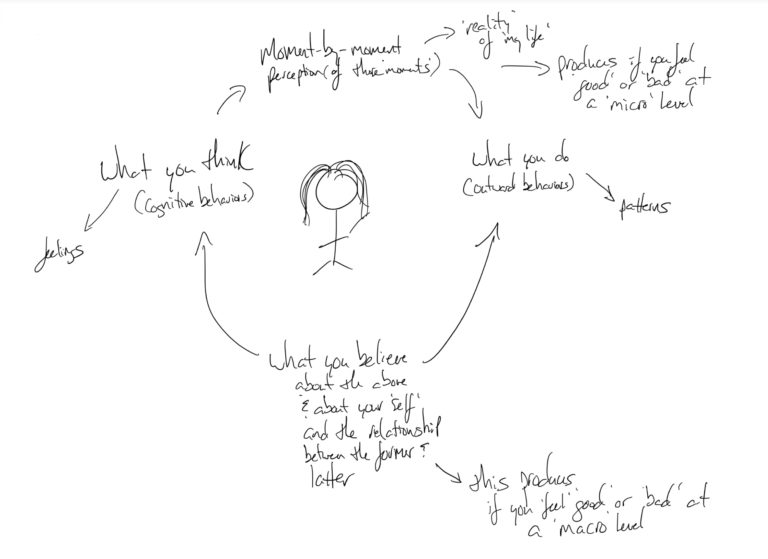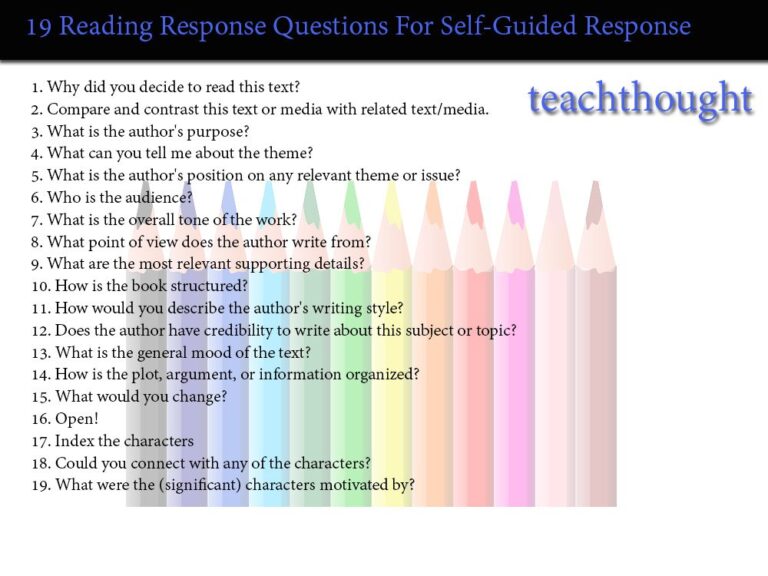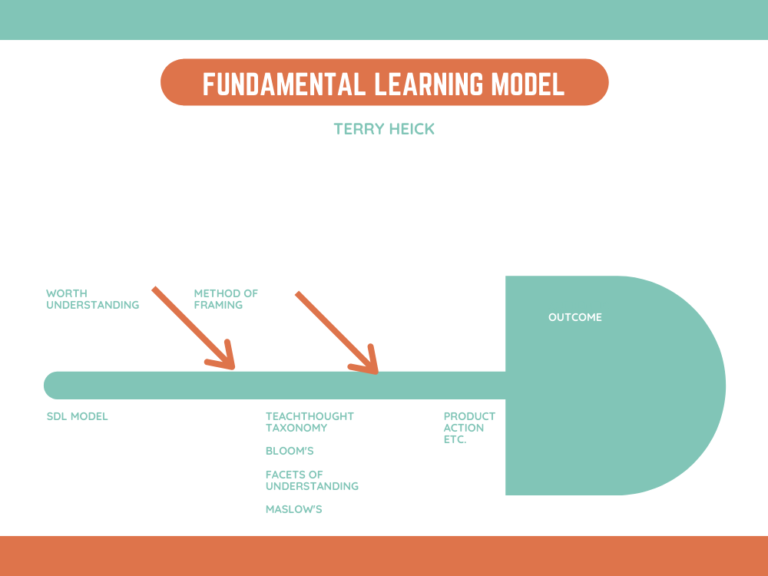


50 Activities To Promote Digital Media Literacy In Students Infer the author’s purpose. Distinguish between primary and secondary audiences. Summarize the media by identifying its 3-5 most important ideas or events. Identify and diagram the literary elements (e.g., setting, characters, conflict, etc.) Identify and analyze characters as major or minor; flat or round; static or…



Students needed to see what a ‘quality’ reading response looked like. Once these questions were demystified a bit, it was all downhill.

Choose Topic Worth Knowing Choose Method Of Framing Choose Specific Outcome